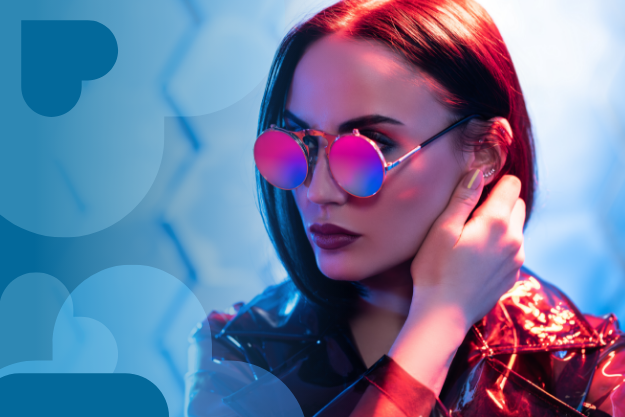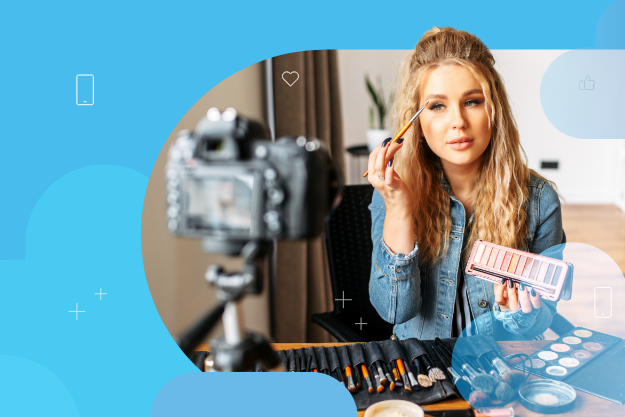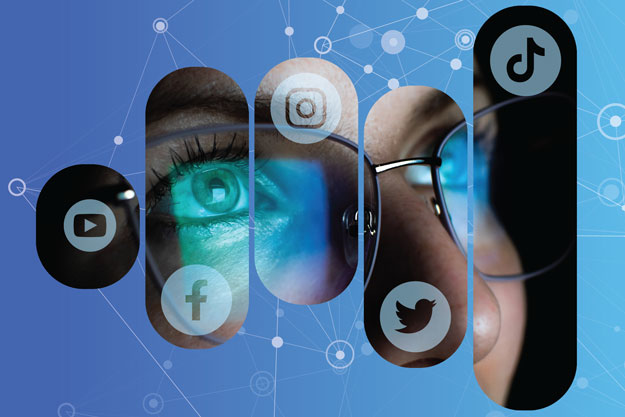As the metaverse becomes a potential future channel for innovative brands looking to stand out in today’s digital world, influencer marketing and the creator economy have begun to see similar shifts toward AI and virtual reality. The word “creator” now encompasses a wide range of individuals who can influence consumers’ opinions, especially through the content they share on social media. One of these individuals is the virtual influencer – an influencer without a physical presence who exists online through artwork and artificial intelligence (AI).
What is a virtual influencer?
A virtual influencer is a digital creation that acts as a human influencer would, but instead of being a singer, makeup artist, or movie star, they are created by a marketing agency or a brand. The top virtual influencers make money for their creators through sponsored posts and other brand campaigns, and have social media followings often in the millions.
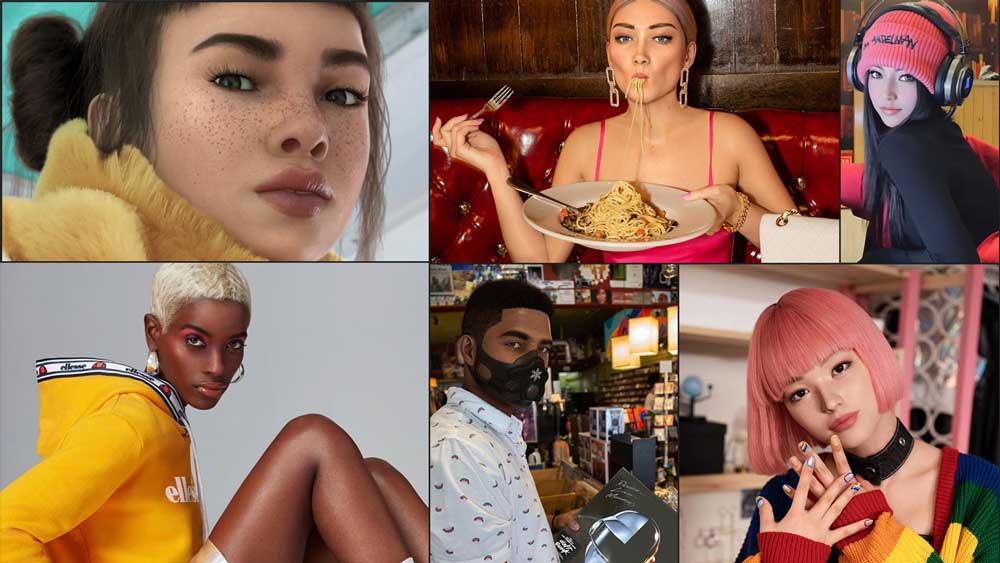
2023’s most popular virtual influencers
Lil Miquela
In 2016, software company Brud created virtual influencer Miquela Sousa (more commonly known as Lil Miquela), a Brazilian-American 19-year-old woman. Starting life as an Instagram account, she has more than 3 million followers and has starred in campaigns for Calvin Klein and Prada. Lil Miquela has been “interviewed” and profiled by some of the world’s leading publications, including Vogue, Entertainment Tonight, and more. She has been estimated to make her creators at Brud about $10 million per year.
KFC’s Virtual Colonel
While Miquela was created by a software company, the Virtual Colonel is an example of a digital influencer made by a brand, KFC. This digital version of the iconic Colonel Sanders logo took over KFC’s social media for two weeks in 2019, earning a total of 151 million impressions.
Imma
IKEA recruited Imma to promote their latest collection. IKEA did this for a 3-day installation project and had Imma sit in the store’s windows as she redecorated the room. To blend virtual reality with real-world aesthetics, IKEA used LED lights alongside their digital rendition of Imma.

For any brand looking to get their foot in the door when it comes to virtual reality, collaborating with influencers both real and virtual may not be far off in the future. However, there are a few nuances to keep in mind when deciding whether or not to introduce virtual influencers into your marketing strategy.
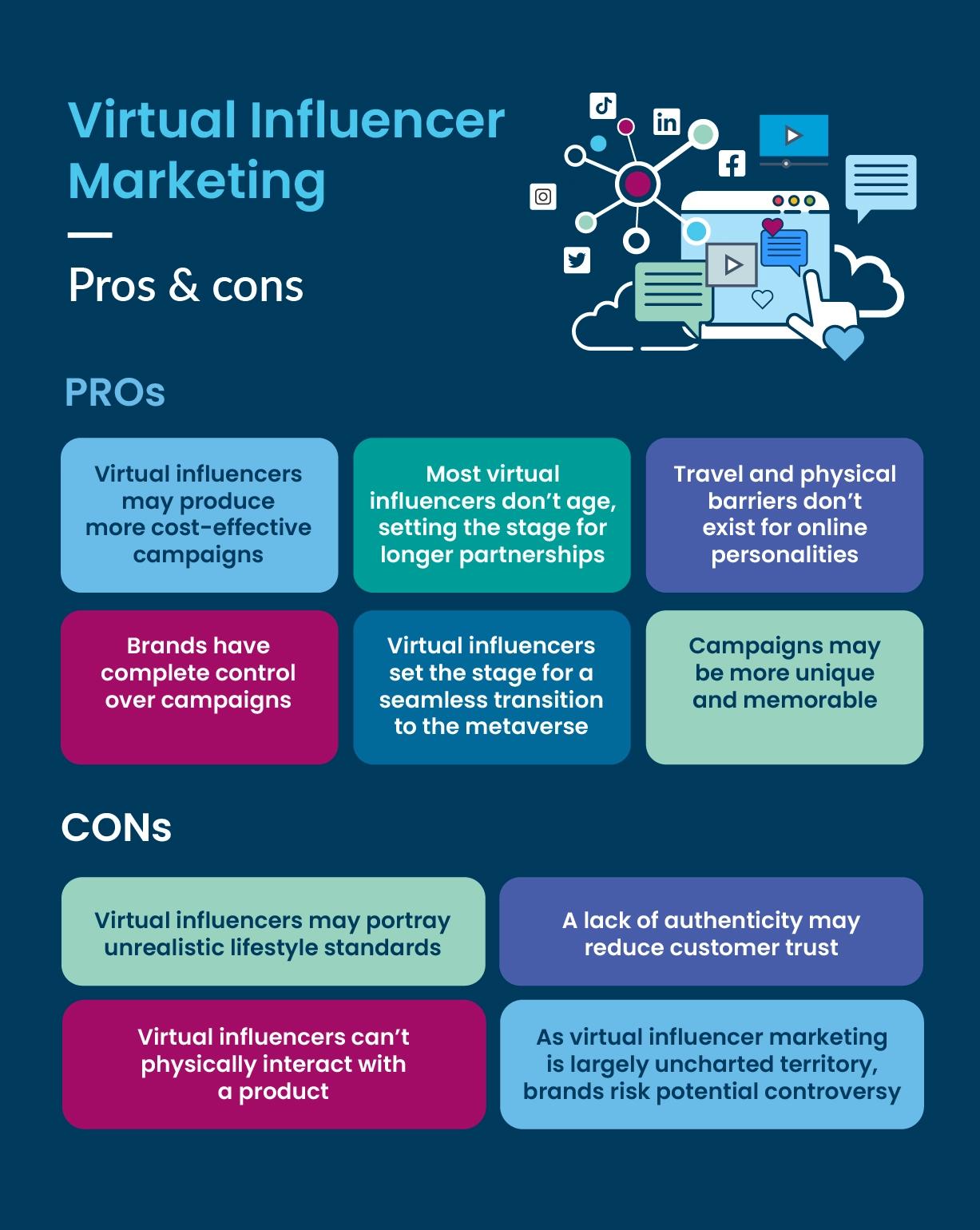
Pros and cons of virtual influencers
Like all brand partnerships, it’s important for brands to do their due diligence when researching individual virtual influencers and determining whether or not a virtual influencer campaign is a good fit. While there are some major pros to working with this new type of creator, ensure your team is aware of the potential pitfalls before beginning a campaign.
Pros
1. Cost-effective campaigns
You don’t need to pay a virtual influencer for photo shoots or any of the accompanying costs associated with hiring a living being. The majority of content from virtual influencers is created digitally or using AI, which can be much faster and more cost-effective than hiring the right people and negotiating with the influencer to get the content you want.
Virtual influencers also don’t have employment law restrictions, scheduling, or travel complications. As these individuals aren’t real people, it’s a win-win situation for the agency or creators behind the influencer, as well as the brand they’re collaborating with from a financial standpoint.
2. Longer partnerships
In an interview with Bloomberg, founder of virtualhumans.org Christopher Travers described virtual influencers as "cheaper to work with than humans in the long term, 100% controllable, can appear in many places at once, and, most importantly, they never age or die."
This last element is an important point: the most successful influencer partnerships tend to involve long-term relationships between brands and creators, underscoring the authenticity of the collaboration and associating that creator with the brand. While human influencers grow up and shift their interests and lifestyles, a virtual influencer stays the same age, continuing to portray an individual that a brand’s target audience can relate to, forever.
3. Limited physical or travel constraints
Being virtual means your influencer can be in more than one place at a time. Not only is money saved when the influencer doesn’t have to travel anywhere in person, but brands and the influencer’s creators can also spend more time building high-quality content and campaigns.
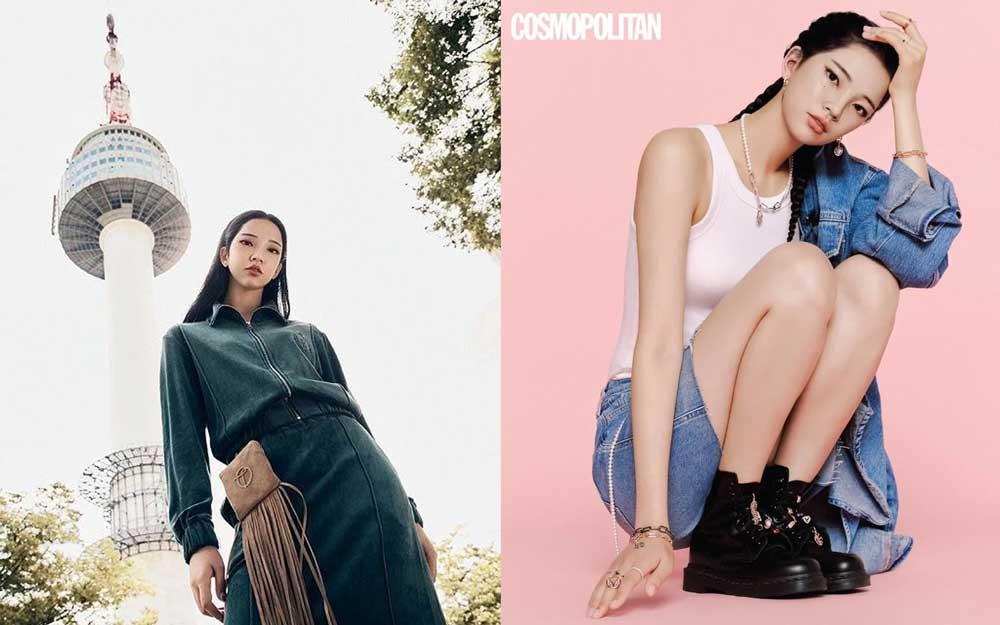
Think about an international influencer or celebrity like Kendall Jenner. If Kendall is walking in a fashion show in France, it’ll be days, weeks, or even months before she can take photos for the cover of a magazine in Japan. Virtual influencers can essentially be working on or present digitally for all of their campaigns at once.
4. Complete campaign and content control
The whole reason influencers create media kits and brands build influencer briefs before even connecting with each other is to set expectations around collaborations and their subsequent content. Even if a real-life influencer absolutely loves a brand and wants to promote it on social media, differences in opinion can cause a rift in the relationship. A human being can go off script, and has their own beliefs, looks, personality, and style. People are also busy, which means you also need to consider availability.
With virtual influencers, there is no opinion from the influencer, only the people who have created them. It’s likely that setting up campaign expectations with these creators will be much smoother, because there’s no input from a real person who’s expected to share that campaign content. Everything a virtual influencer says is also carefully scripted, which mitigates risk. They exactly and consistently represent the brand’s identity and values through their social media content.
5. Metaverse-ready strategy
Virtual influencers are computer-generated 3D personas. Brands can easily incorporate them into any virtual environment, and users can join them in that space. This means brands in any industry embracing virtual reality, or digital marketing more broadly will be poised to succeed with influencer marketing as society shifts toward the metaverse.
6. Uniqueness
Using virtual influencers doesn’t mean that you shouldn’t use human influencers. It’s an alternative option for businesses who want to try a unique approach to influencer marketing. While there are quite a few virtual influencers in existence, it’s still a new concept to brands and the creator economy. The sooner you start thinking about incorporating these influencers into your overall marketing strategy, the sooner you’ll stand out as a tech-savvy, innovative brand.
Cons
1. Unrealistic body and life standards
Social media users are already often exposed to highly edited, posed content that creators and everyday people are selecting from their camera rolls to showcase their best moments. Through computer-generated visuals, virtual influencers compound on this phenomenon, sharing picture-perfect Instagram posts of their seemingly ideal lives and flawless skin and bodies.
This can add to the pressure that social media already builds on, particularly for young people, people of color, and other individuals who don’t meet the unreasonably high standards the internet is telling them to strive for. Some users commenting on Lil Miquela’s Instagram posts don’t even seem to be aware that she is not a real person, setting the stage for fans to compare themselves to her as though she is a living being.

2. Lack of authenticity
It is difficult to relate to a non-human, forever-young person who has a made-up life with no real backstory. A lack of authenticity can lead to a lack of trust, particularly as virtual influencers have never tried or tested the products they recommend. Even though most consumers know these characters aren’t real people, they’re interacting with them as they do with human influencers on social media.
While it’s a pro that a virtual influencer can be everywhere at once, it’s also not realistic, and users comparing themselves to a digital entity are set up for disappointment because of many factors like this.
Brands looking to avoid this should search for a way to combine human brand ambassadors (or user-generated content) and virtual influencers to reap the benefits of this new marketing style while still providing a sense of social proof.
3. Inability to truly experience a product
Virtual influencers aren’t able to truly experience the products they’re promoting. They can’t try on a garment, feel makeup on their skin or smell a scent. Therefore, they’re likely not as effective at enticing consumers to buy a product as UGC or human influencers might be.
For example, a clothing brand can showcase its apparel on a virtual influencer, but the resulting content might not portray how that clothing looks on a real person because of the virtual influencer’s artificial “perfect” body. While 50% of consumers say that human influencers can impact their purchasing decisions, virtual influencing is still extremely new. Time will tell if virtual influencers impact purchasing decisions like traditional influencers do.
4. Uncharted territory
Because virtual influencers are so incredibly new to marketing and the internet in general, brands need to be careful to look for any sources of contention that might arise when working with them. For example, the creators of Black virtual influencer and digital model Shudu Gram have been criticized for taking away opportunities in the modeling industry from actual people of color.
Combining the virtual and physical worlds, Lil Miquela appears in a Calvin Klein video campaign making out with real-life model Bella Hadid. Though this campaign was meant to promote freedom of sexuality and expression, the brand has been accused of queerbaiting. The brand issued an apology after receiving backlash for this video that shows a straight woman and a computer-generated being kissing instead of meaningful representation of the LGBTQ+ community.
Key takeaways
Wrapping up, here are the pros and cons your business should be aware of when venturing into the virtual influencer marketing space:
Pros:
Virtual influencers may produce more cost-effective campaigns
Most virtual influencers don’t age, setting the stage for longer partnerships
Travel and physical barriers don’t exist for online personalities
Brands have complete control over campaigns
Virtual influencers set the stage for a seamless transition to the metaverse
Campaigns may be more unique and memorable
Cons:
Virtual influencers may portray unrealistic lifestyle standards
A lack of authenticity may reduce customer trust
Virtual influencers can’t physically interact with a product
As virtual influencer marketing is largely uncharted territory, brands risk potential controversy
These pros and cons just scratch the surface of what virtual influencer partnerships may mean for marketing, as virtual reality and artificial intelligence become more pertinent to brand strategy. As a brand, both staying up to date with and evaluating the potential risks associated with virtual influencer partnerships is the best recipe for memorable campaigns that don’t alienate fans. With this knowledge, your brand is poised for a successful virtual influencer partnership!













